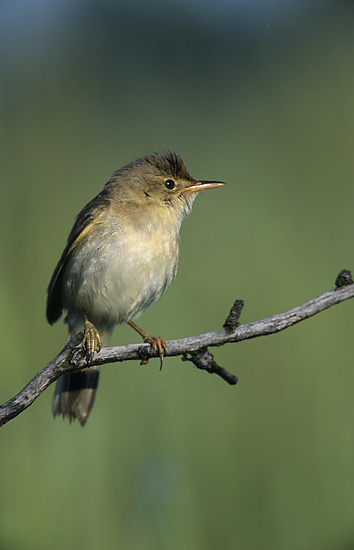Facts About Marsh warbler
The marsh warbler is a medium-sized bird belonging to the Acrocephalidae family. Native to temperate Europe and the western Palearctic, it migrates to southeast Africa for the winter. One of the most fascinating aspects of the marsh warbler is its remarkable ability to mimic the songs of numerous bird species. Although it is relatively common in its breeding areas, it is nearly extinct in Britain. Its distinctive song primarily helps distinguish it from other similar warblers.
This bird breeds in a variety of damp habitats in Europe and in drier areas of Africa. It is a monotypic species, meaning there are no significant geographic variations within the species. During migration, marsh warblers travel from Europe to Africa via the Middle East, typically arriving at their wintering grounds by December or January. In spring, they return to their breeding grounds along a similar route. Occasionally, they have been spotted as far afield as Iceland and Madeira.
Marsh warblers are monogamous and highly territorial during the breeding season. They build their nests in dense vegetation. Male marsh warblers are particularly notable for their impressive imitative skills, sometimes mimicking up to 75 different bird species in their songs. Their diet mainly comprises insects, though they also consume berries in the autumn. The global population of marsh warblers is believed to be increasing, with estimates ranging from 10 to 27 million individuals.
In Britain, however, the marsh warbler population has experienced a sharp decline. Conservation efforts focus on protecting their known breeding sites and minimizing disturbances. These efforts also aim to safeguard their habitats and address threats such as egg collectors. Despite the challenges in Britain, the marsh warbler is listed as a species of least concern by the IUCN, indicating that their global population is relatively stable.

 Ireland
Ireland